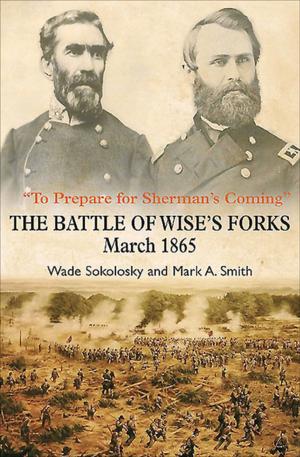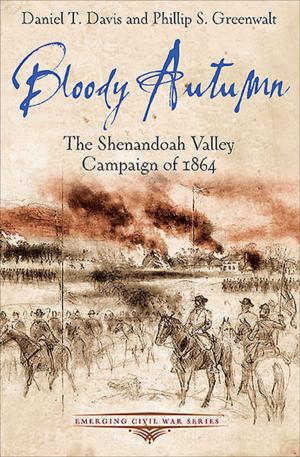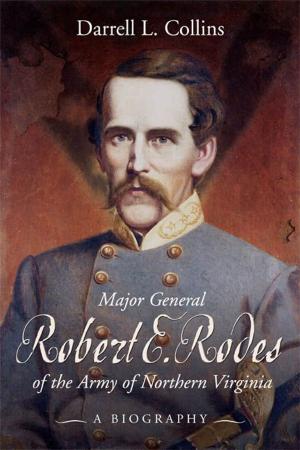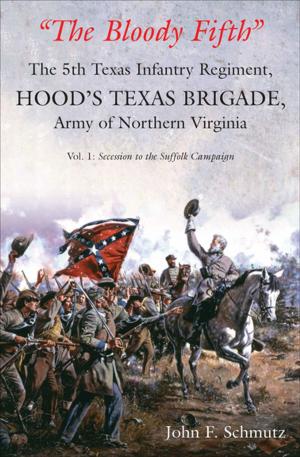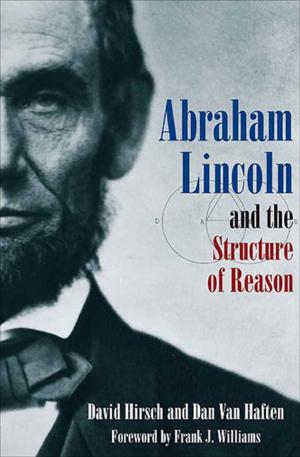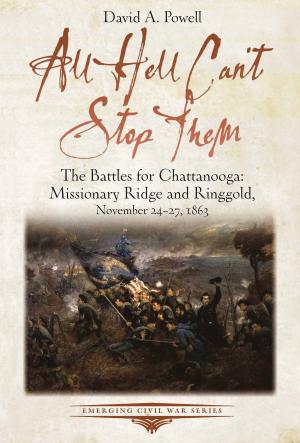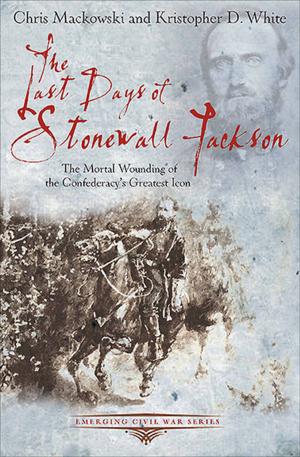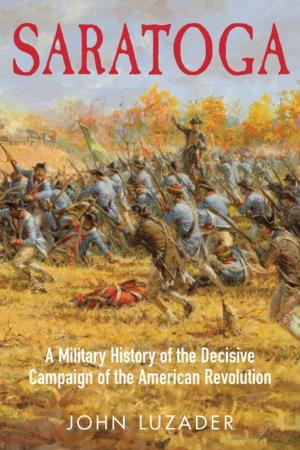Meade and Lee After Gettysburg
The Forgotten Final Stage of the Gettysburg Campaign from Falling Waters to Culpeper Court House, July 14–31, 1863
Nonfiction, History, Modern, 19th Century, Americas, United States, Civil War Period (1850-1877), Military| Author: | Jeffrey Wm Hunt | ISBN: | 9781611213447 |
| Publisher: | Savas Beatie | Publication: | July 19, 2017 |
| Imprint: | Savas Beatie | Language: | English |
| Author: | Jeffrey Wm Hunt |
| ISBN: | 9781611213447 |
| Publisher: | Savas Beatie |
| Publication: | July 19, 2017 |
| Imprint: | Savas Beatie |
| Language: | English |
This “very satisfying blow-by-blow account of the final stages of the Gettysburg Campaign” fills an important gap in Civil War history (Civil War Books and Authors).
Winner of the Gettysburg Civil War Round Table Book Award
This fascinating book exposes what has been hiding in plain sight for 150 years: The Gettysburg Campaign did not end at the banks of the Potomac on July 14, but deep in central Virginia two weeks later along the line of the Rappahannock.
Contrary to popular belief, once Lee’s Army of Northern Virginia slipped across the Potomac back to Virginia, the Lincoln administration pressed George Meade to cross quickly in pursuit—and he did. Rather than follow in Lee’s wake, however, Meade moved south on the east side of the Blue Ridge Mountains in a cat-and-mouse game to outthink his enemy and capture the strategic gaps penetrating the high wooded terrain. Doing so would trap Lee in the northern reaches of the Shenandoah Valley and potentially bring about the decisive victory that had eluded Union arms north of the Potomac.
The two weeks that followed resembled a grand chess match with everything at stake—high drama filled with hard marching, cavalry charges, heavy skirmishing, and set-piece fighting that threatened to escalate into a major engagement with the potential to end the war in the Eastern Theater. Throughout, one thing remains clear: Union soldiers from private to general continued to fear the lethality of Lee’s army.
Meade and Lee After Gettysburg, the first of three volumes on the campaigns waged between the two adversaries from July 14 through the end of July, 1863, relies on the official records, regimental histories, letters, newspapers, and other sources to provide a day-by-day account of this fascinating high-stakes affair. The vivid prose, coupled with original maps and outstanding photographs, offers a significant contribution to Civil War literature.
Named Eastern Theater Book of the Year by Civil War Books and Authors
This “very satisfying blow-by-blow account of the final stages of the Gettysburg Campaign” fills an important gap in Civil War history (Civil War Books and Authors).
Winner of the Gettysburg Civil War Round Table Book Award
This fascinating book exposes what has been hiding in plain sight for 150 years: The Gettysburg Campaign did not end at the banks of the Potomac on July 14, but deep in central Virginia two weeks later along the line of the Rappahannock.
Contrary to popular belief, once Lee’s Army of Northern Virginia slipped across the Potomac back to Virginia, the Lincoln administration pressed George Meade to cross quickly in pursuit—and he did. Rather than follow in Lee’s wake, however, Meade moved south on the east side of the Blue Ridge Mountains in a cat-and-mouse game to outthink his enemy and capture the strategic gaps penetrating the high wooded terrain. Doing so would trap Lee in the northern reaches of the Shenandoah Valley and potentially bring about the decisive victory that had eluded Union arms north of the Potomac.
The two weeks that followed resembled a grand chess match with everything at stake—high drama filled with hard marching, cavalry charges, heavy skirmishing, and set-piece fighting that threatened to escalate into a major engagement with the potential to end the war in the Eastern Theater. Throughout, one thing remains clear: Union soldiers from private to general continued to fear the lethality of Lee’s army.
Meade and Lee After Gettysburg, the first of three volumes on the campaigns waged between the two adversaries from July 14 through the end of July, 1863, relies on the official records, regimental histories, letters, newspapers, and other sources to provide a day-by-day account of this fascinating high-stakes affair. The vivid prose, coupled with original maps and outstanding photographs, offers a significant contribution to Civil War literature.
Named Eastern Theater Book of the Year by Civil War Books and Authors

